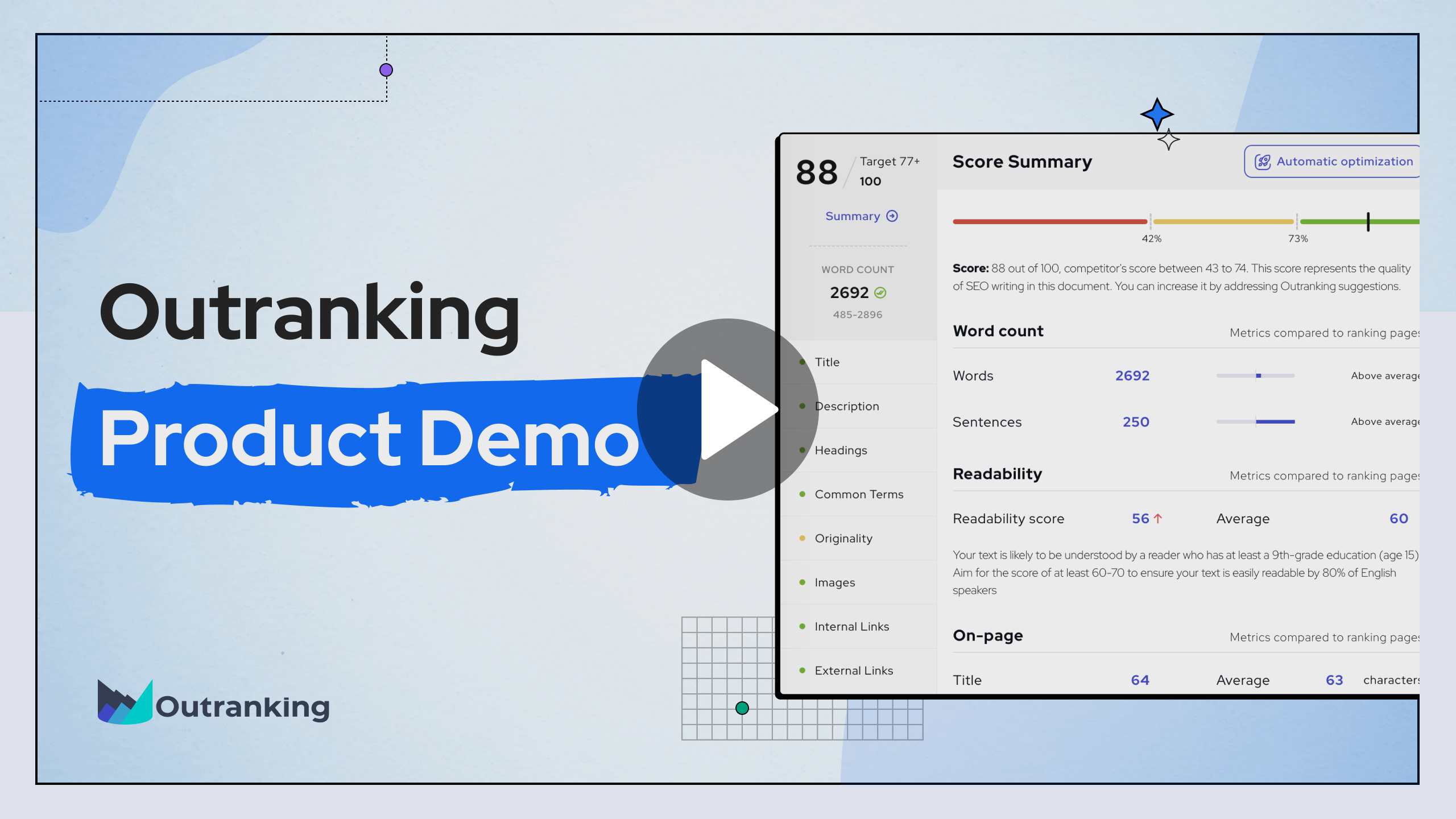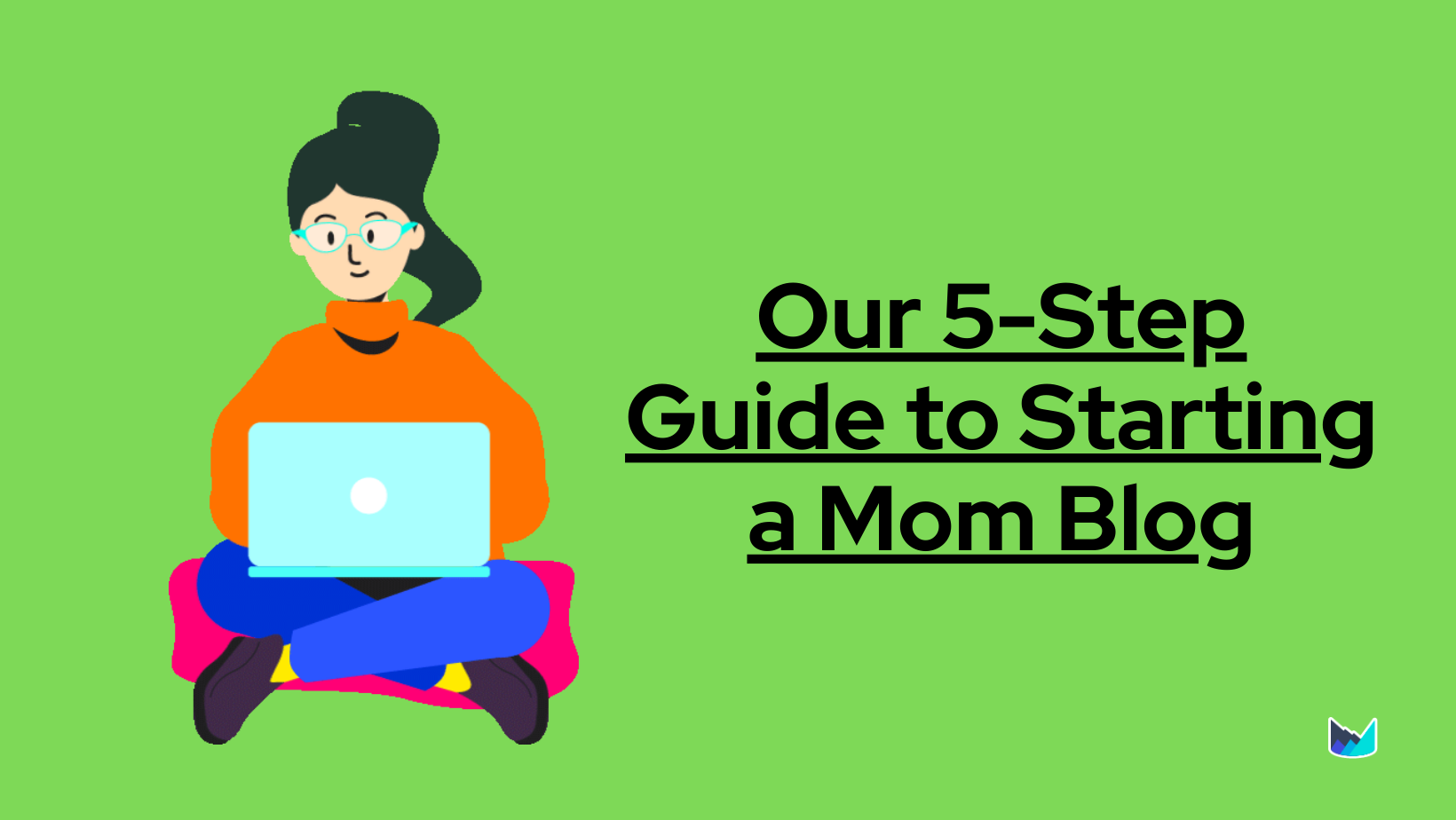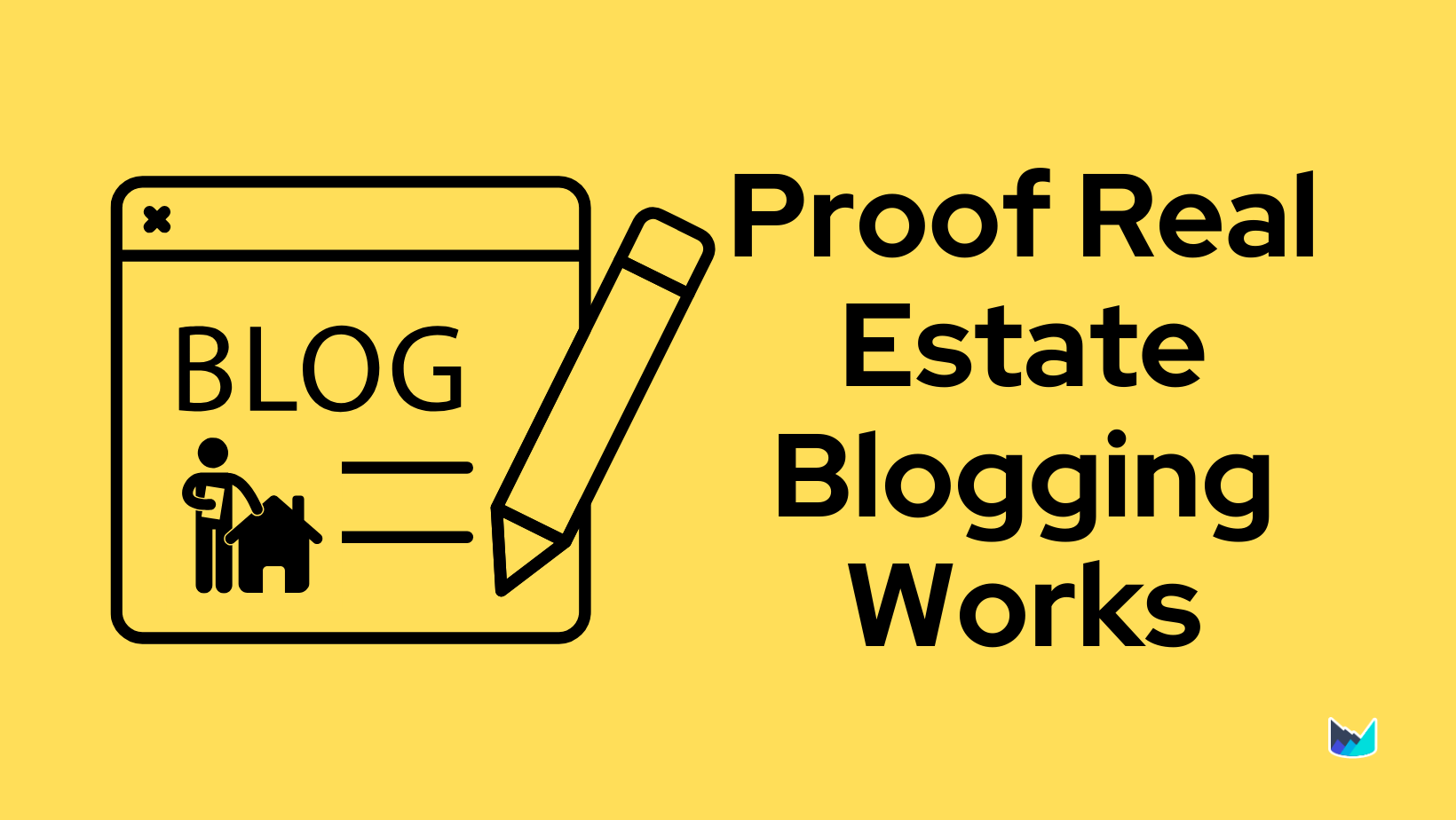- Product
- SEO Content Editor
- SEO Content Strategy
- Content Optimization
- Content Briefs
- AI Assisted Writing
- Keywords Clustering
Preview a demo walkthrough
Outranking the competition with our cutting-edge SEO strategies.

- Pricing
- Resources
- Sign In
- Get Started

7 Types of Content to Include in Your B2B Marketing Strategy
Table of Contents
Generating leads is the primary goal for most B2B marketing teams. From cold calling to networking to advertising, there are many ways to attract leads. However, a successful SEO digital marketing content strategy will focus time and resources on generating qualified leads—leads that are most likely to convert.
One of the best tactics to get qualified B2B leads is through content marketing. Let’s start with the basics.
Table of Contents
What is content marketing?
Content marketing uses engaging material, AKA content, to help generate interest in your product or service. Content marketing helps get your business in front of the right people. You may have heard the saying, “content is king.”
Content marketing isn’t a magical lead generation tool, but it can certainly qualify as marketing royalty. If your content is relevant and targeted at your key sales demographic, a user that is engaging with that content is much more likely to be a qualified lead.
While most B2B marketers understand the value of content marketing, it can feel overwhelming. Where should you start? What content is right for your audience? How many resources should you dedicate to content marketing?
The truth is that it takes time and investment to see content marketing ROI. To help you build a successful content library, we’ll explore seven types of content you should include in your B2B marketing strategy.
1. Blogs
Blogs are a content marketing staple. They are simple, straightforward, and (relatively) easy to create. Writing informative blog posts is one of the most effective and efficient ways to fill the top of your lead funnel.
Blogs don’t necessarily have to center around your business or even directly sell your product. You can write about anything that attracts your target customer personas, so the topic options are truly endless. While educational, informative, and engaging blogs can help directly improve your number of qualified leads, they can also help establish your business as a thought leader in the industry. Showcasing your expertise helps build trust.
In addition, blogs have significant SEO value. While consistently publishing written content can feel time-consuming, blogs that are optimized for search can help connect you with inbound prospective clients. These might even be clients you never thought to target with traditional sales and marketing tactics.
In some situations, it might also be appropriate to add a gate to your content to help secure that lead. This is particularly true when your content is targeted at high-intent and bottom-of-the-funnel traffic.
Outranking.io helps SEO content writers, editors, and managers outline, write and optimize content for search engines. You can analyze SERP results quickly, build comprehensive outlines in minutes, and make sure you are answering all essential questions your readers are asking. As a result, your content will earn higher organic rankings and get more traffic as it’s more detailed and better researched.
2. Educational videos
While consumption of written content is still high, video content is catching up. Videos are quickly climbing the ranks as a favorite format for people to consume information. Video allows you to deliver bite-sized or long-form content that can keep your customers entertained and engaged.
Videos are certainly more time-consuming and can require more resources to produce. However, it doesn’t mean you necessarily need a large budget to create effective video content. They simply need to be insightful and informative. To maximize the ROI on your videos, make sure to distribute your content through different channels, including your website, social media, and newsletter.
To help make video creation simpler, consider repurposing existing content pieces into videos. While your library of video content can certainly cover new and different topics, reusing content across different marketing formats can be incredibly lucrative and efficient.
3. Webinars
Webinars have gained significant traction in the last couple of years, especially in the absence of in-person events and conferences. They are a fantastic way to help your brand connect more personally with your audience. This allows your potential customers and leads to get some face time with more than just their account manager or sales rep.
Use a webinar to highlight experts in your industry and within your business. This allows your team to showcase their expertise. Most webinar platforms also offer Q&A periods that allow your brand to engage with customers on a more intimate level—without the time and resources that come with personal sales calls.
Partnering with complementary brands on webinars can also help expand your webinar audience base.
Consider also recording your webinar and hosting it on your website or a social media platform. Your webinar can double as evergreen video content that can continue to get qualified B2B leads in the future. Webinars also easily translate into other content formats, such as blogs, making it easy to maximize the value.
4. E-books & guides
E-books and guides are some of the most comprehensive types of marketing content. These digital downloads are typically several pages long and can be used to target a customer anywhere in their buying journey.
As a type of long-form content, creating an e-book can be time-consuming. That being said, you’re able to provide more detail to truly position your company as the subject matter expert. E-books and guides can be presented in several formats, including:
- Case studies
- Research reports
- White papers
- Step-by-step guides
As with most other pieces of content, there are also many simple ways for you to maximize the value of the resources you’ve used to create your e-book. You can break your e-book or guide into smaller pieces and repurpose them as blog posts, or you can host a webinar walking through the key concepts.
When investing the time and resources in long-form content like an e-book, make sure to ask yourself if your content is addressing your audience’s needs. While it may be tempting to tackle many topics in an e-book, a clear and concise objective will be more effective in getting the qualified B2B leads you’re looking for.

5. Interactive checklists
At the end of the day, your customers are looking for a product or service that will serve their own business needs. While it might be tempting to focus on your own sales goals, consider providing content in the form of checklists or other interactive downloadables that are useful to the reader.
Every time the user reaches for that piece of interactive content, your brand will surface to the top of their mind. In many situations, if the customer finds the resource valuable, they may even share it with their network. As a result, you’ll open the door to get even more qualified leads.
When it comes to downloadables and PDFs, you may want to distribute them differently depending on your goals. Interactive checklists can serve as added value for something you already offer or can even act as the magnet that attracts your lead.
If your content is targeted towards customers in the exploratory phase, you may even find it beneficial to distribute the pieces with no strings attached to help cast a wider net.
6. Infographics
There’s no way around it: some information is best presented visually. Infographics are a fantastic way to communicate information quickly and concisely. An effective infographic takes something complicated (such as statistics or research studies) and breaks down the most important points.
The easy-to-digest format of infographics makes it easier to capture your audience’s attention. Captivating visuals can also help target busy customers who don’t always have time to read and consume longer forms of content.
Not all information is best presented in an infographic, but where appropriate, use infographics to complement other pieces of content, including blogs and e-books.
7. Podcasts
As a continuously growing form of media, many marketers love podcasts as an easy-to-consume content outlet. The audio-only format makes it easy for your audience to listen and engage with your brand, no matter where they are. Depending on the topic, you can release podcasts as short as 10 minutes or as long as over an hour.
Podcasts often feel relaxed and conversational, making them an attractive option for users looking to consume more casual content. As podcasts are often recurring, they also help your customer develop a relationship with your brand.
Since podcasts don’t require video editing, they also require relatively few resources, making them a popular option for scrappy marketers. Once you’ve recorded a podcast, you can easily recycle the content by turning it into soundbites for social media or transcribing the audio into a blog post.
Key takeaways
There are countless types of content that your brand can use to get qualified B2B leads. There is no right or wrong answer, as long as you’re creating content that attracts the attention of your target market. Your content marketing efforts should help bridge the gap between you and your audience.
Content marketing is a core component of a strong B2B marketing strategy. It might feel time-consuming at first, but content marketing is a long-term investment. The right content engine can help boost your lead generation efforts for years to come.
Now that you know about the types of content you can use to generate qualified leads, it’s time to start your content engine and watch your business grow.

Michael is a writer & content strategist. His main areas of expertise are business growth & sales. He loves traveling, delicious food, and cars.



